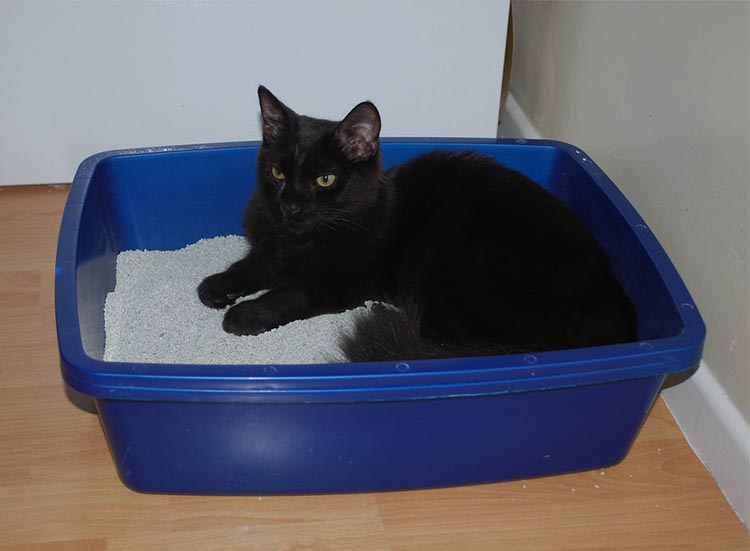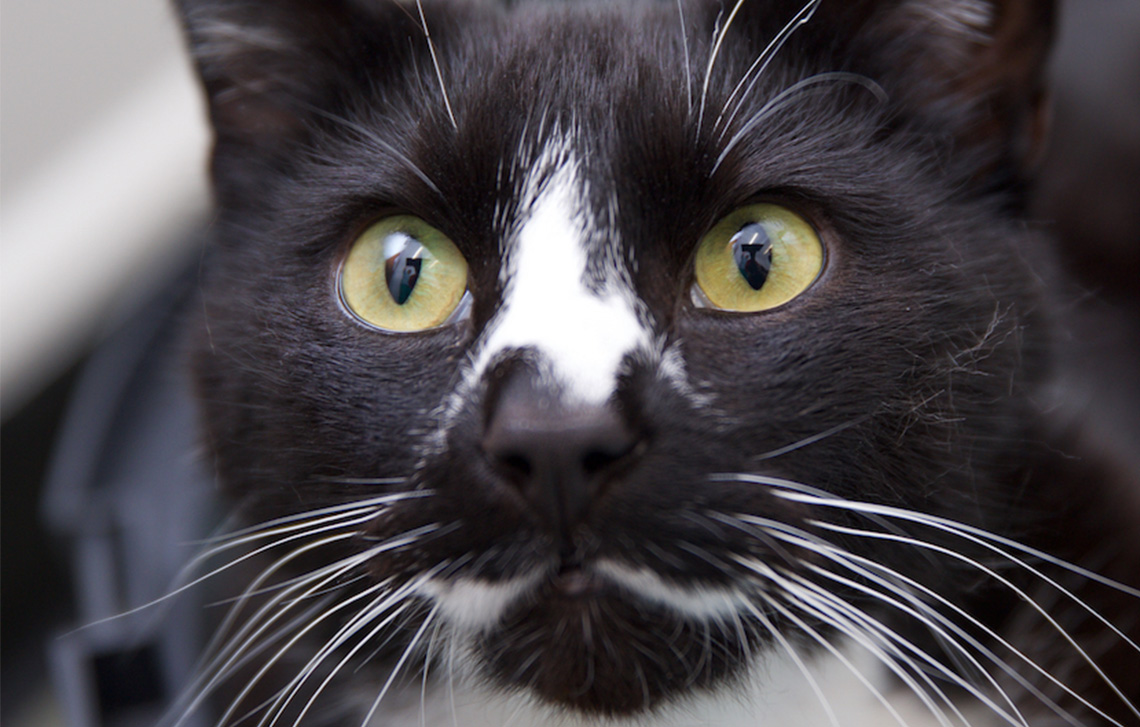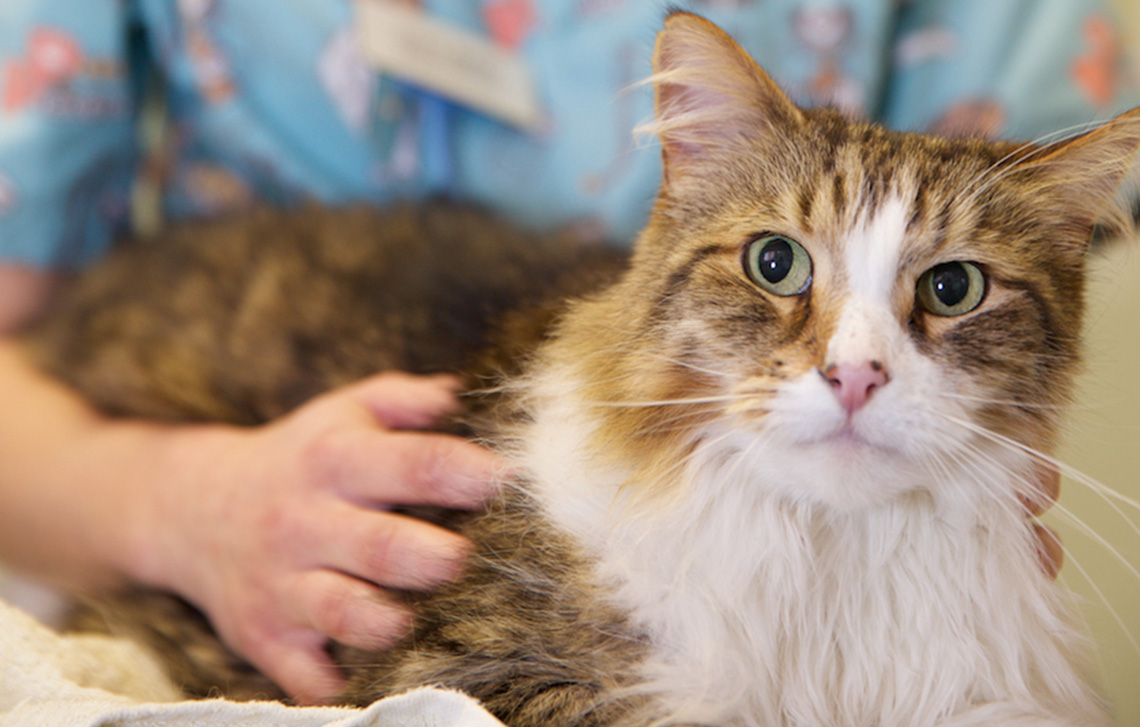
Following on from the recommendation to keep our beloved cats indoors, to reduce the risk of injury or harm to them, this in turn will limit the need for you venture outside to visit us which will help keep our lovely clients safe. With this in place our furry friends are now facing a stint… Read more »
Following on from the recommendation to keep our beloved cats indoors, to reduce the risk of injury or harm to them, this in turn will limit the need for you venture outside to visit us which will help keep our lovely clients safe.
With this in place our furry friends are now facing a stint inside which may create problems for some as this confinement could induce behavioural problems. This switch can be hard for these few cats, though for their own good, especially as humans can mentally rationalise the situation but for them, they will most likely feel we are being somewhat unfair.
Some problems that may arise when switching from outdoor to indoor toileting could be refusing to use a litter tray which may result in constipation or urinary problems such as cystitis. The use of the litter tray in the house may be daunting for a cat that is used to toileting outside and this can cause confusion but hopefully with these tips it could be a smooth transition for them and a stress-free situation for you the owner.
Some helpful tips are-
- Place the litter tray in a quiet area in the home where they will not be disturbed.
- A large (ideally one and a half times the length of your cat) covered litter tray can help with privacy and allows them to turn around if needed. If there is a door on the tray cover this may need to be detached initially to allow the cat to enter the tray as this door may be scary or confusing to them.
- Research shows a depth of 3cm of litter is preferred to dig around in and the litter type varies to each cat but a soft non-abrasive litter is recommended and avoiding fragranced ones as this may be offensive to the cat’s sensitive sense of smell.
- 2 trays per cat is recommended in the home meaning the cat can chose the one they prefer to use.
- Keep trays away from food and water bowls, windows, cat flaps and any perceived threats to them as no one wants to feel threatened or be watched while using the bathroom or worse to go near their dinner!
- Clean the tray frequently as cats are very clean and will not use a dirty tray and may refuse to toilet altogether or they may toilet in the house in inappropriate hidden places.
- Feliway can be beneficial in this situation to reduce any stress and anxiety felt during the transition. A plug-in diffuser could be used within the room where the tray is located or Feliway spray could be used. This spray product will need 15 minutes to dry allowing the alcohol in the solution to evaporate so it doesn’t offend their sensitive sense of smell and all they do smell is happy cat pheromones. We sell these products and if needed then please feel free to call and place an order.
These are a few helpful tips to start off with but if you have any queries or problems please feel free to message, email or call us for any further help or advice.
Next in the series will be how to entertain the indoor feline to prevent boredom for them and for us. Stay safe everyone and please keep posting your fur baby pics to keep us all smiling in this unusual time, especially the team at Cats Whiskers as we aren’t getting to see any cats at the moment and we miss them. ?







